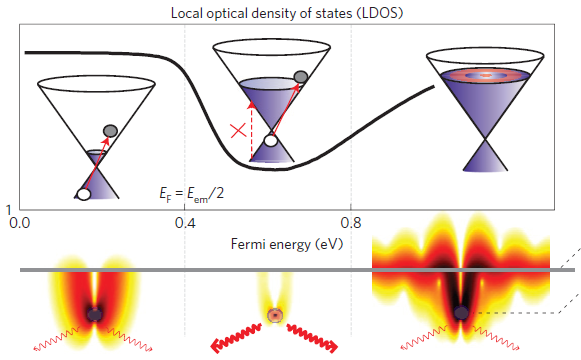tagged with: cone nebula, red glow, nebula photo, nebula photograph, stars, nasa, universe, hubble photo, astronomy, nature, ngc 2264, nebula, nebulae, red sky, outer space, hubble telescope, cosmos, cosmic, astronomical, astrophotography, cosmology, space, picture, image, deep, natural, science, abstract, photo, dark, cloudy, gifts, products
This is a Hubble Space Telescope photograph of the Cone nebula (NGC 2264), which is situated in the Monoceros constellation, 2500 light years away. It depicts a tall pillar of dust and gas against a glowing red background, and the nebula derives its name from the conical appearance it has in ground-based images. This is a composite image, dating from 2002.
Credit: NASA, H. Ford (JHU), G. Illingworth (UCSC/LO), M.Clampin (STScI), G. Hartig (STScI), the ACS Science Team, and ESA.
You can personalise the design further if you'd prefer, such as by adding your name or other text, or adjusting the image - just click 'Customize it' to see all the options. IMPORTANT: If you choose a different sized version of the product, it's important to click Customize and check the image in the Design view to ensure it fills the area to the edge of the product, otherwise white edges may be visible.
See more in my shop
If you like this product, you can find more like it in my store:
Click here to view all the other items with this design.
Click here to see a wide range of other space designs.
»visit the AstronomyGiftShop store for more designs and products like this
The Zazzle Promise: We promise 100% satisfaction. If you don't absolutely love it, we'll take it back!
